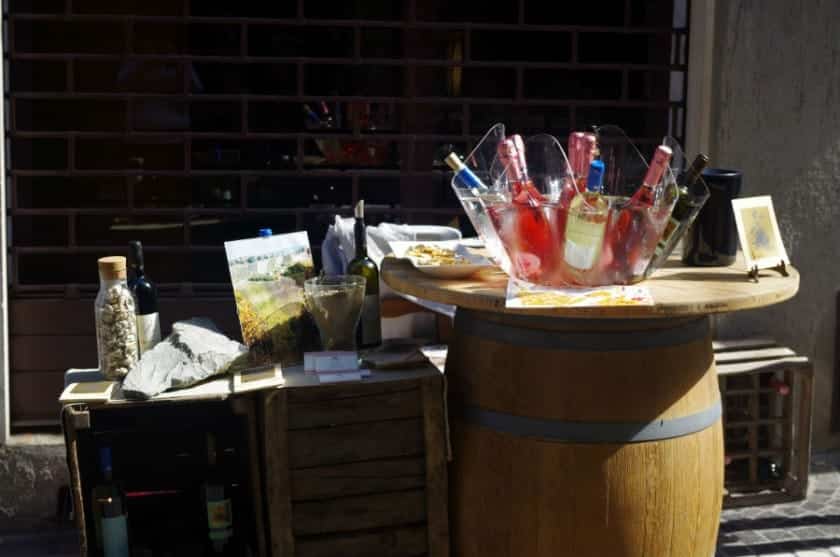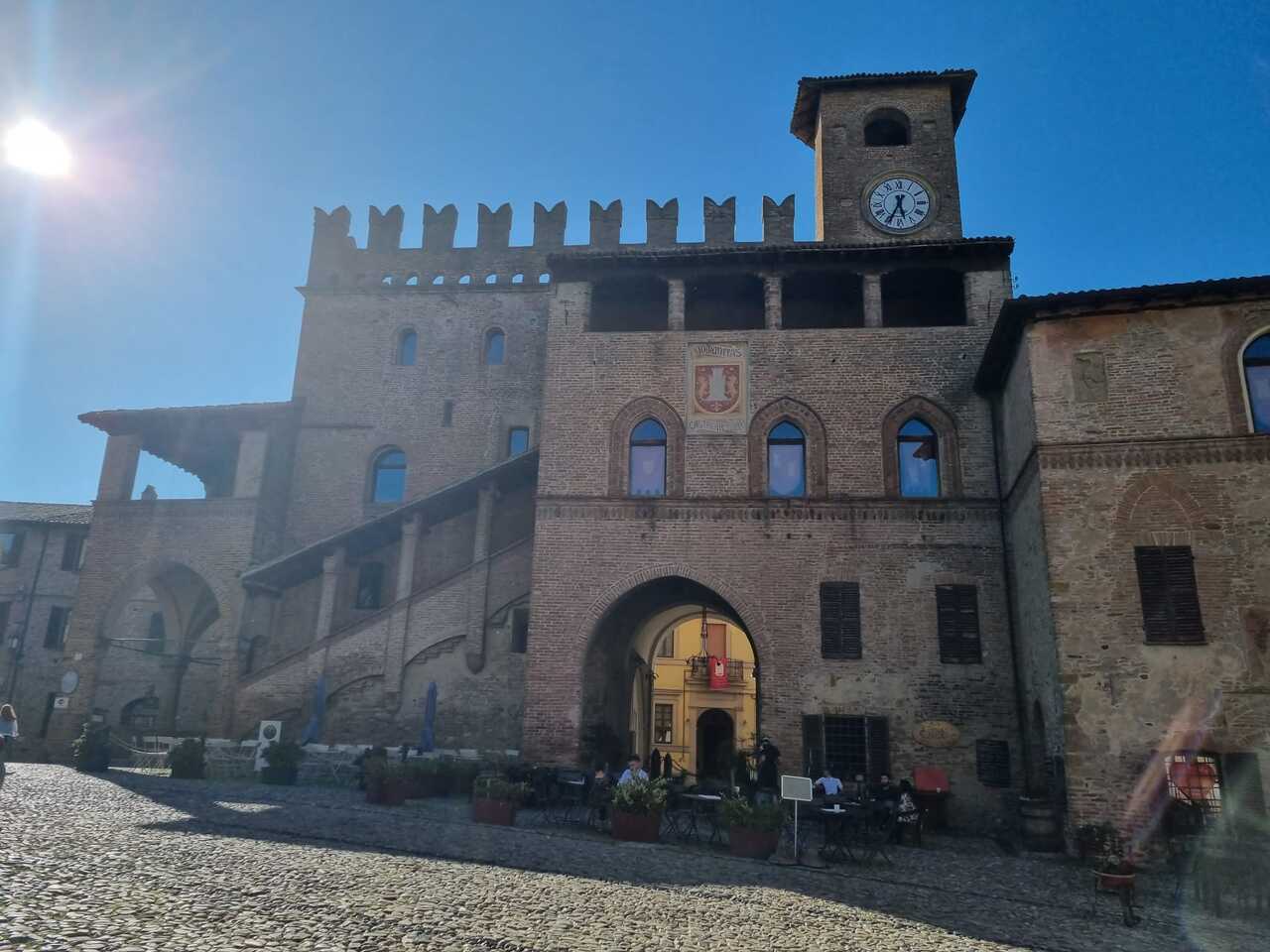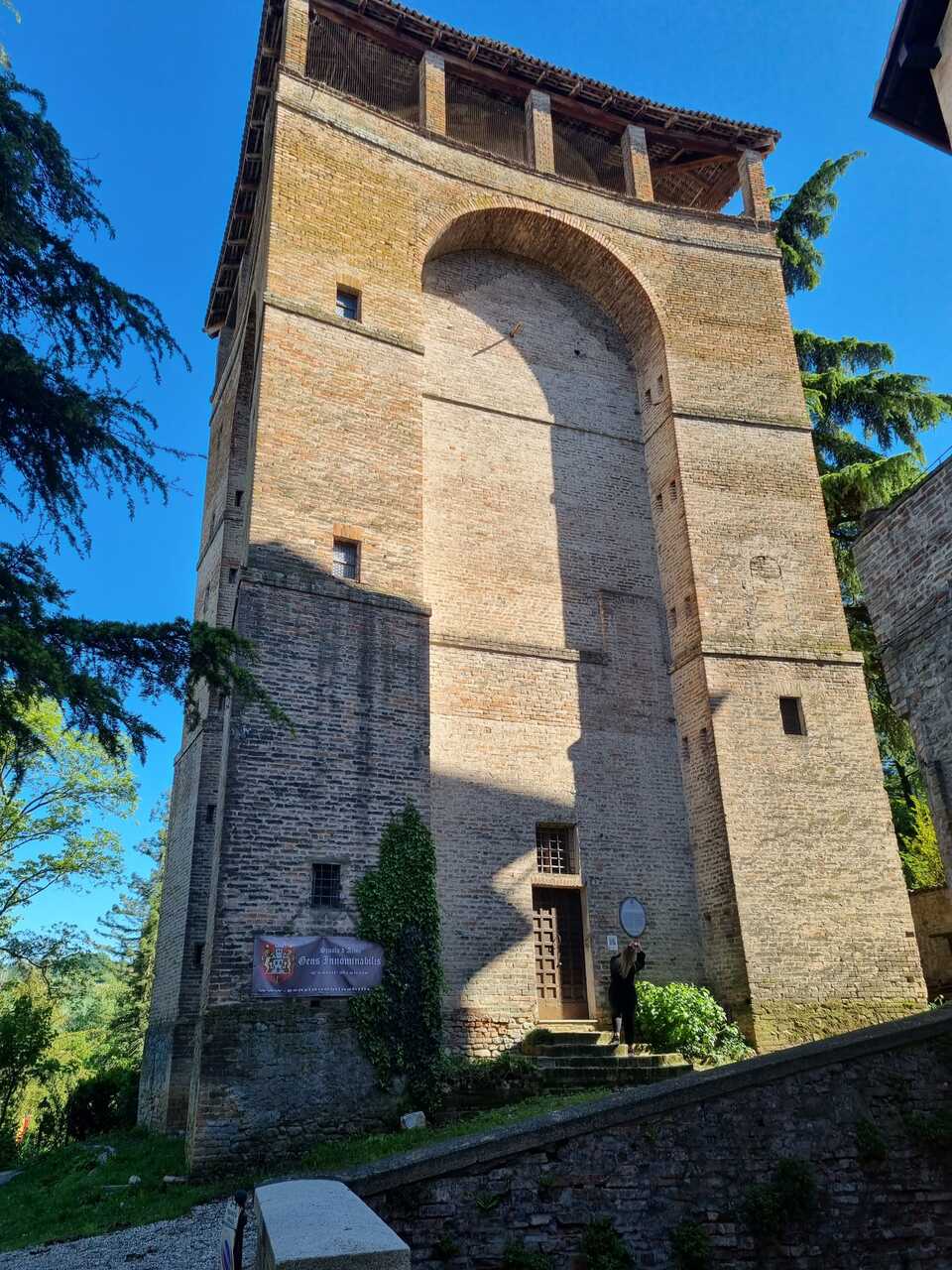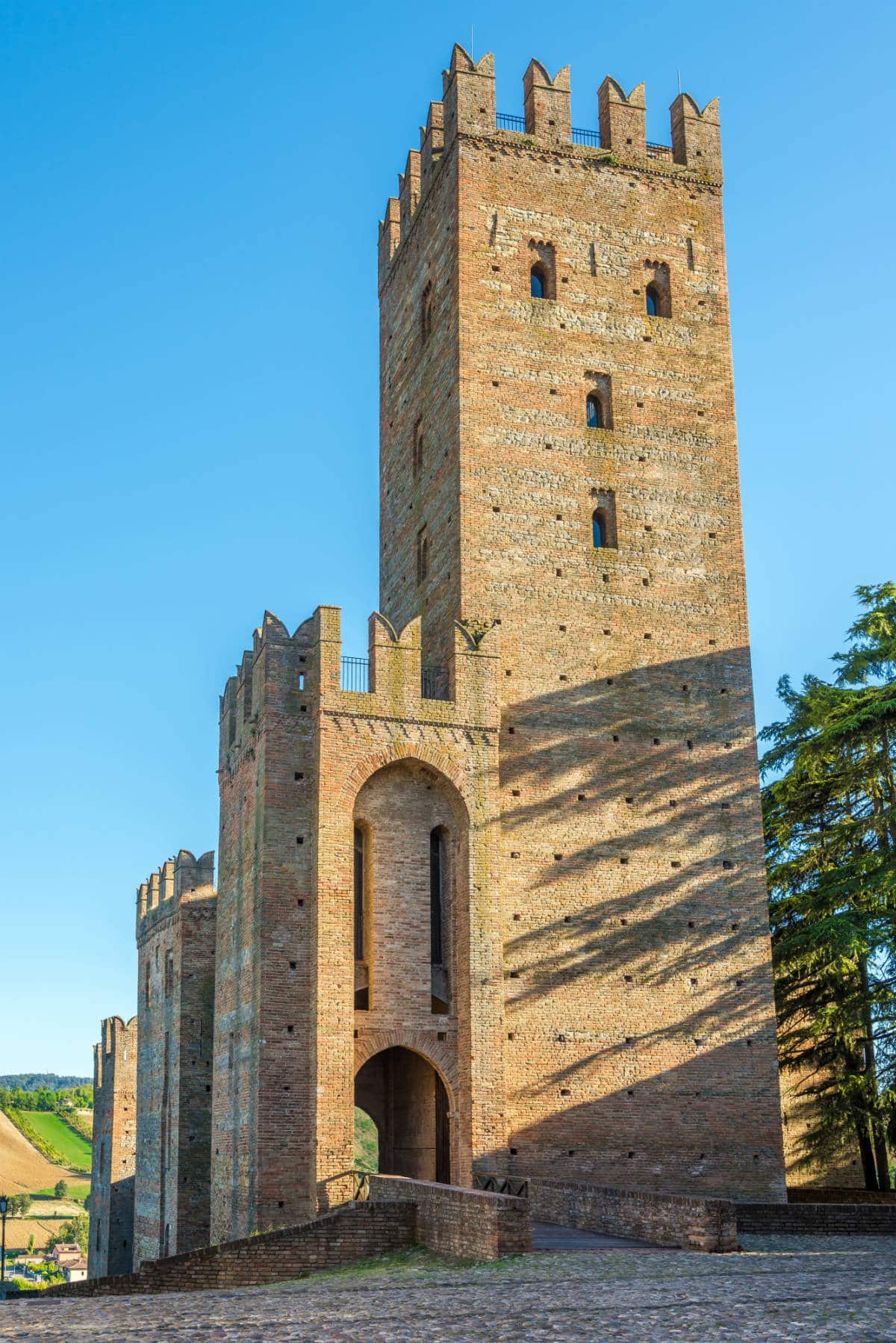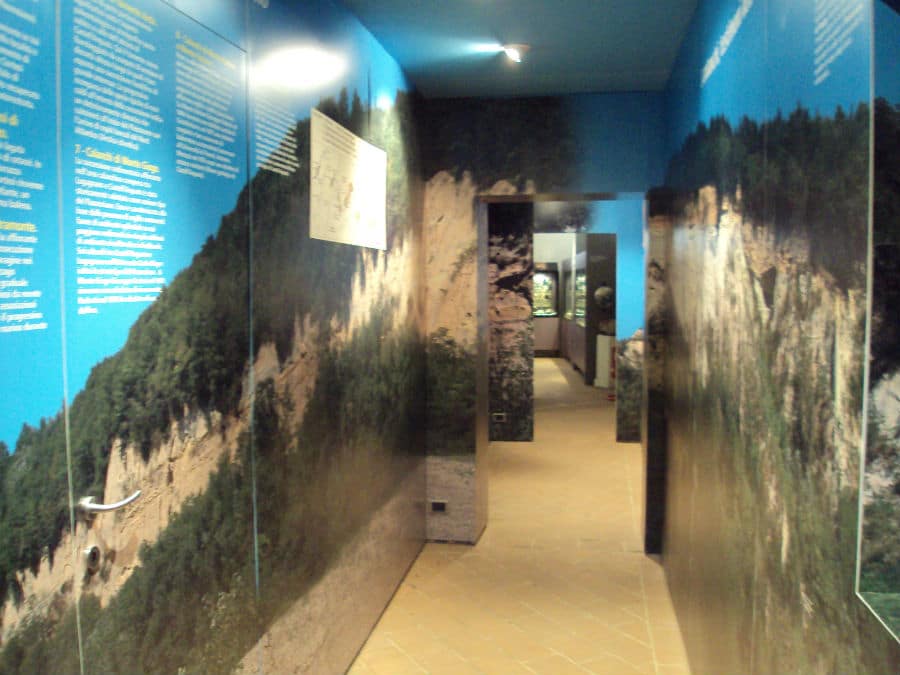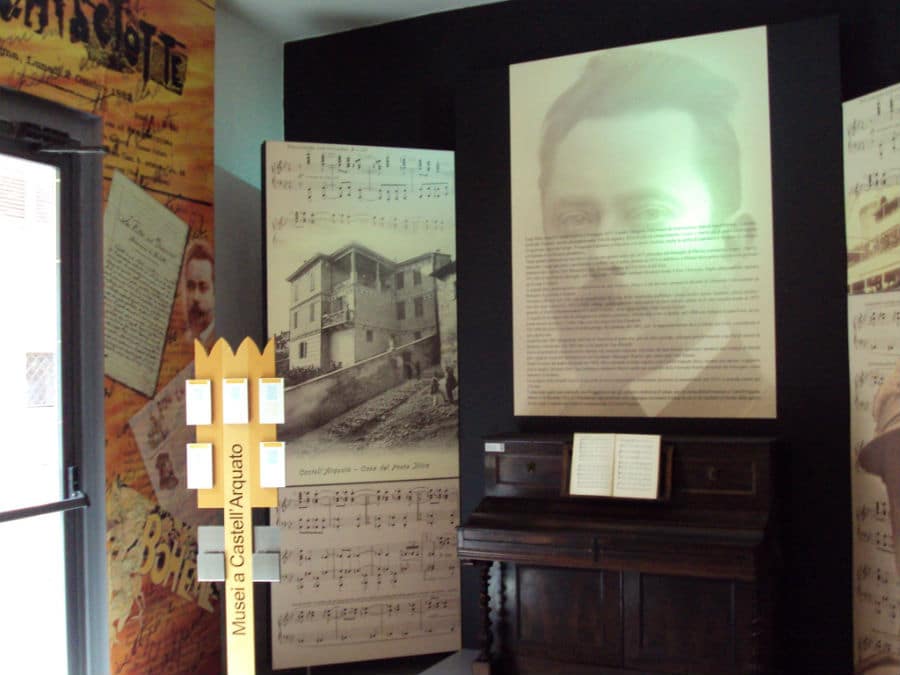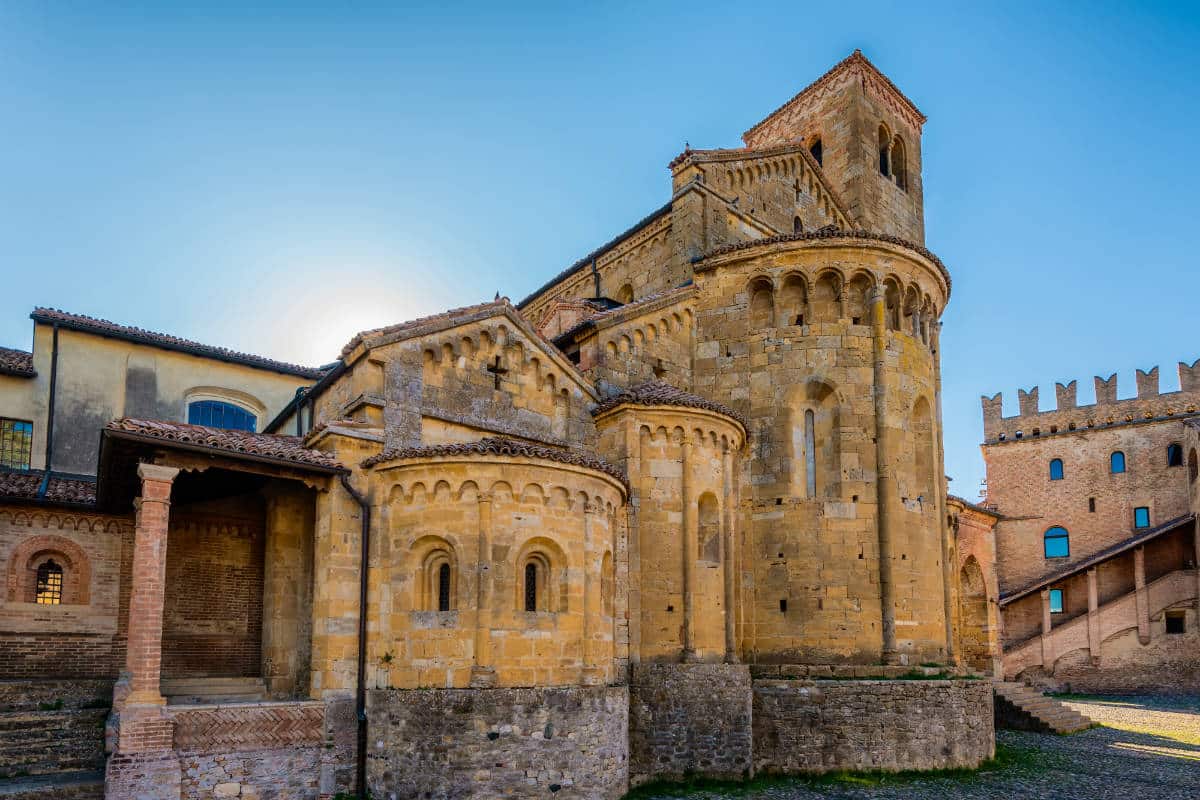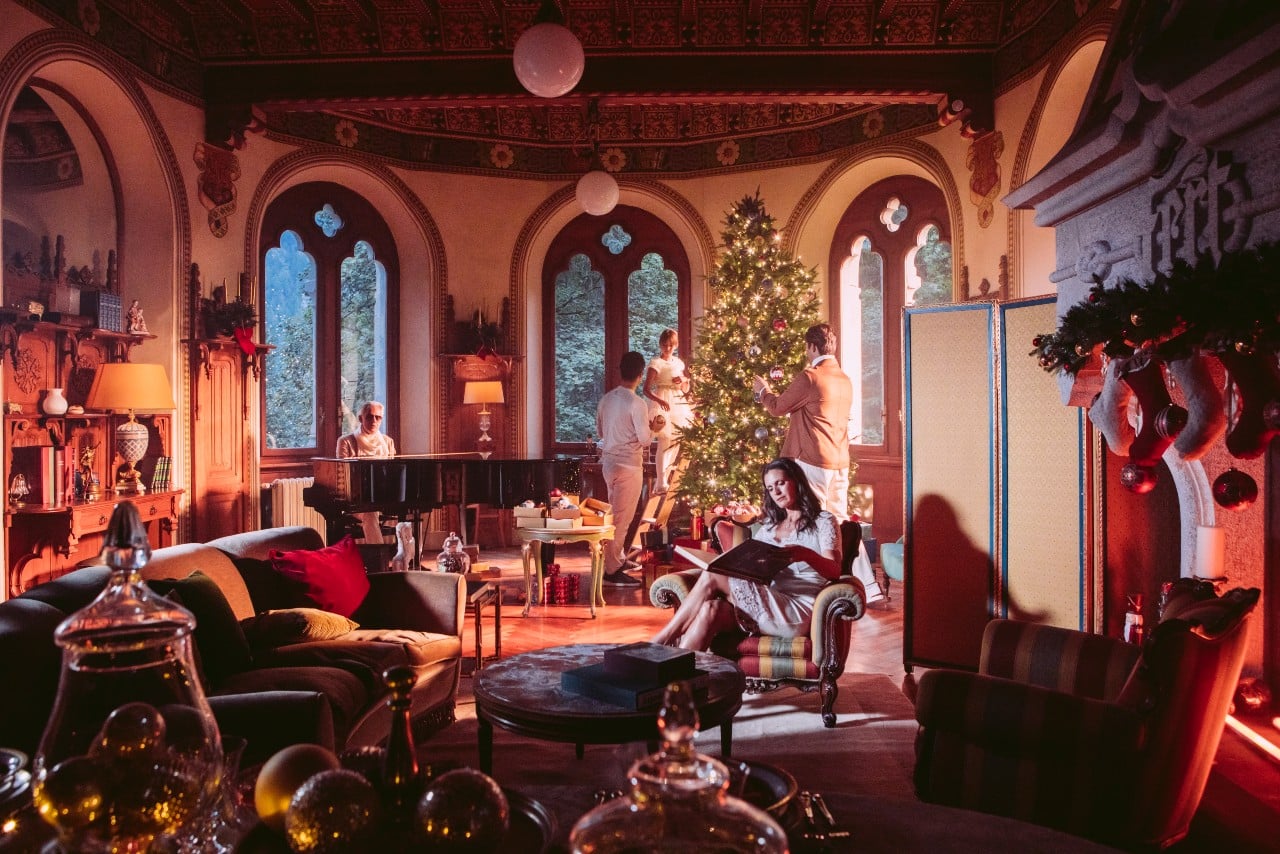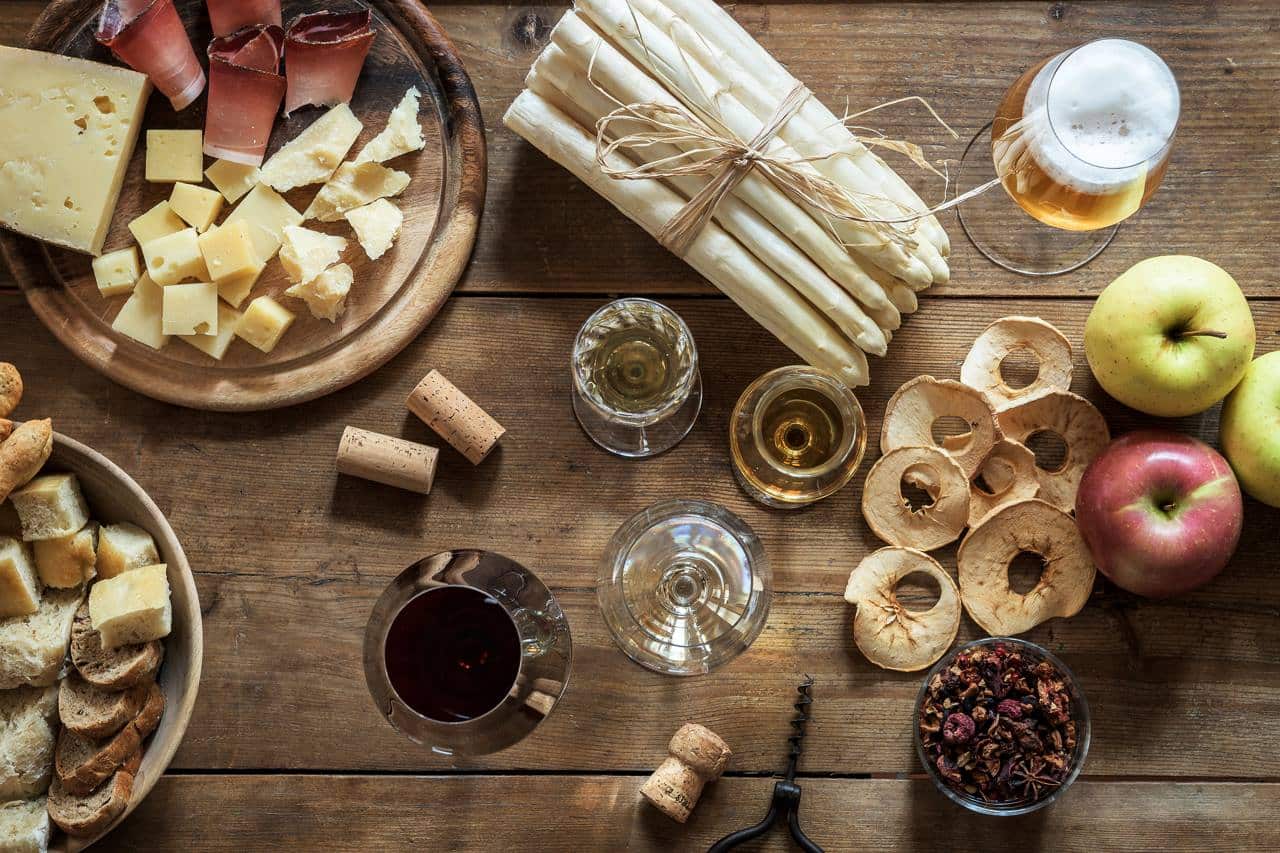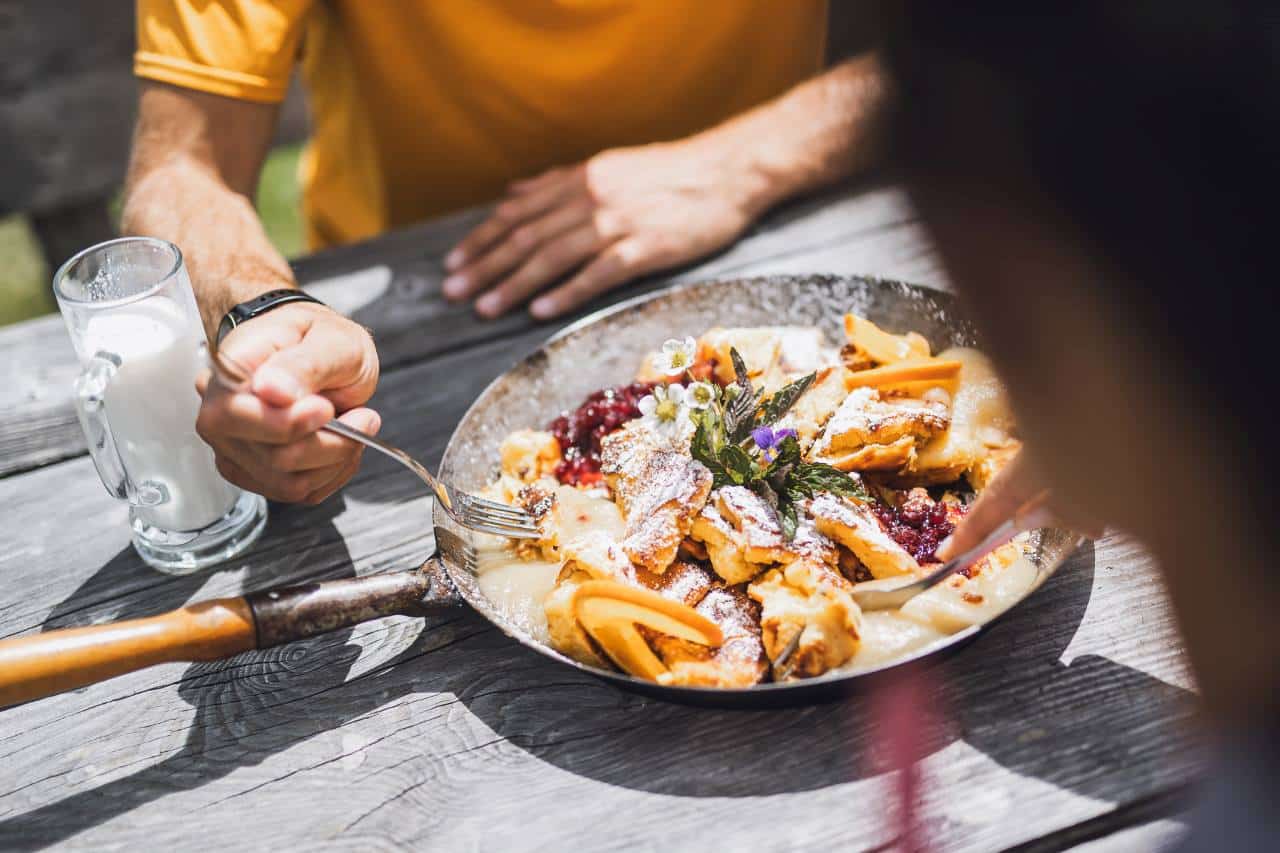These are romantic fairy-tale atmospheres that Castell’Arquato offers. An ancient medieval village located on the first heights of the Arda valley, this delightful medieval center dominates the surrounding lands.
On the Colli Piacentini, between the Emilian cities of Piacenza and Parma, Castell’Arquato is a DOC area for the production of wines including Barbera, Bonarda, Ortrugo, Gutturnio and Monterosso, a typical Arquato wine, named after the hill of the same name located on the right bank of the river that bathes the village’s lands. Colli Piacentini Monterosso Val d’Arda DOC is a straw-colored, golden-colored white wine with a delicate aroma and a dry or amabile flavor. The classic version is joined by sparkling and spumante.
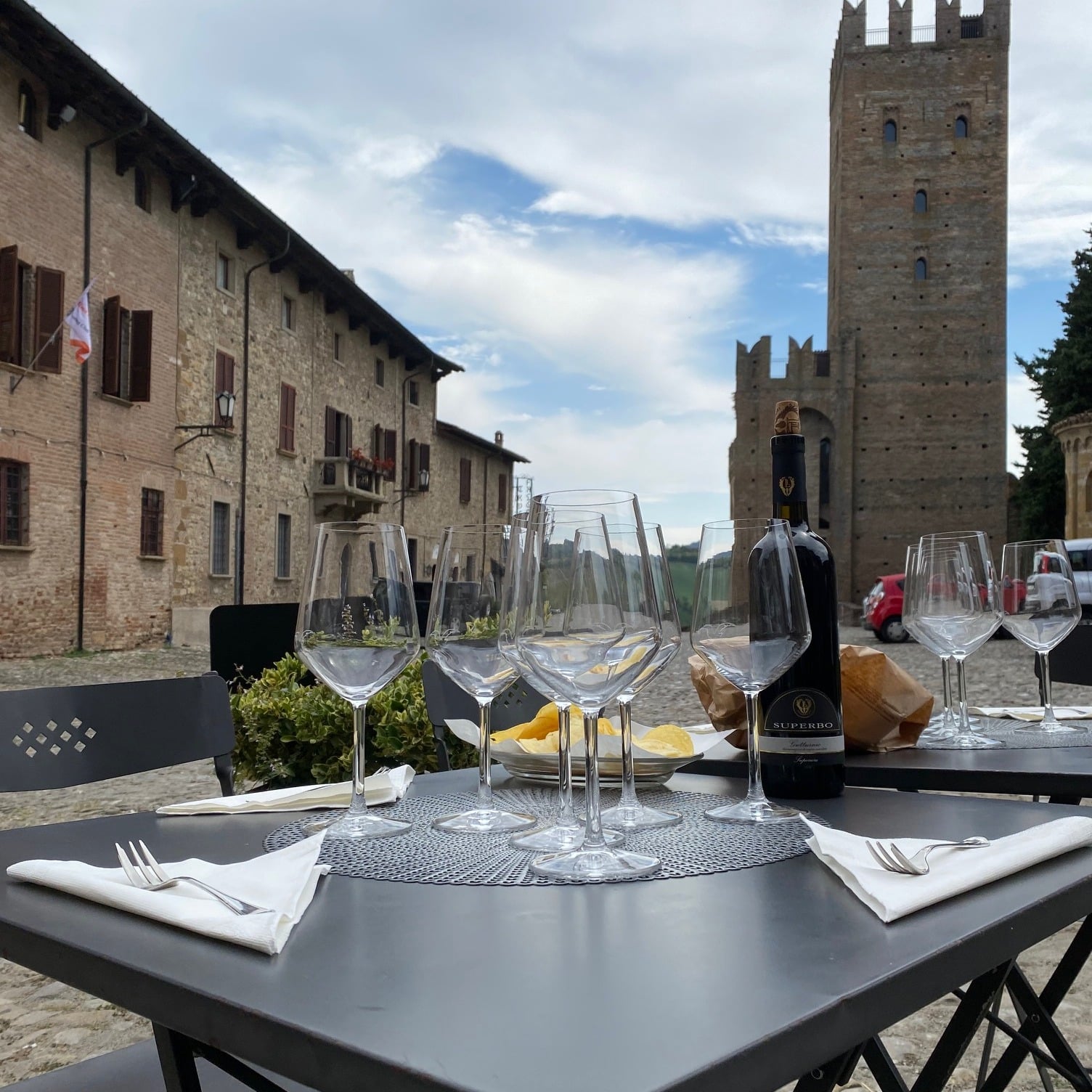
A little-known wine, it is made from the grapes Malvasia di Candia aromatica and Moscato bianco, Trebbiano Romagnolo and Ortrugo, as well as other grapes and white grape varieties suitable for cultivation in Emilia-Romagna. While the dry type best suits freshwater fish dishes, soups and delicate appetizers, the amabile type goes well with fruit and desserts at the end of a meal, while the sparkling version is suitable as an aperitif.
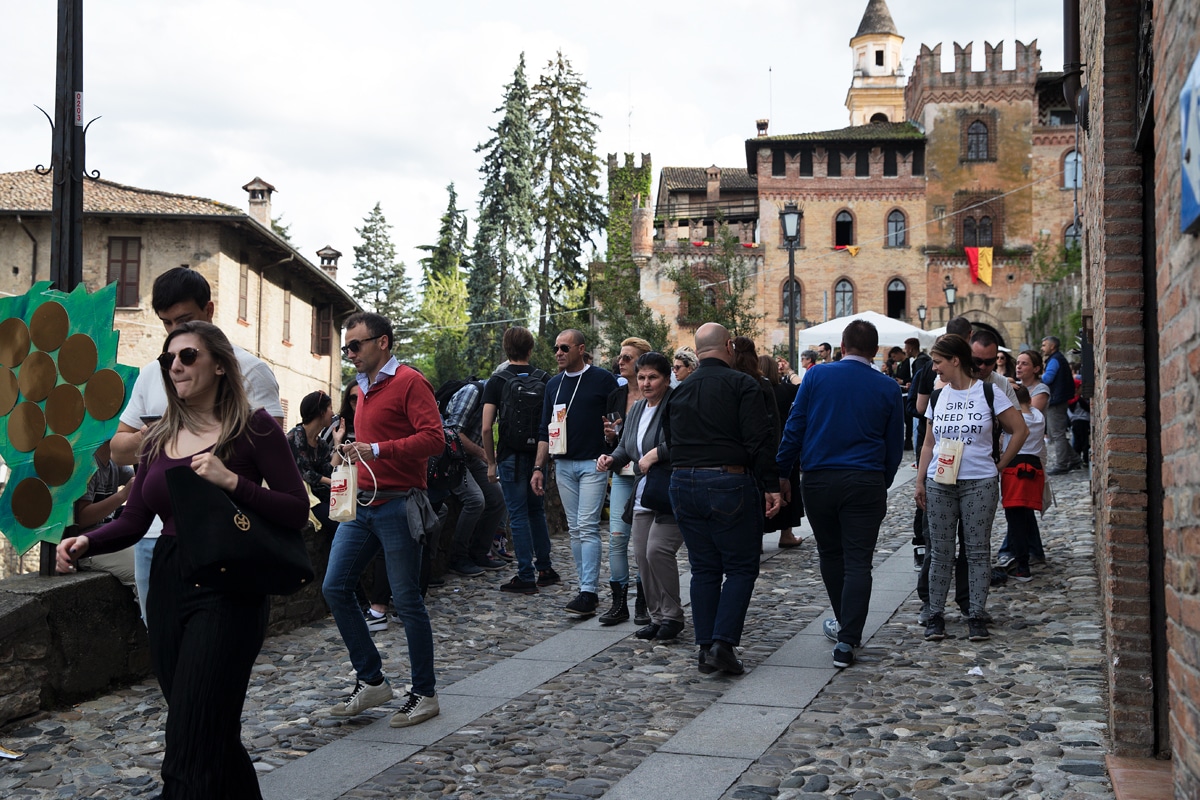
All to enjoy is a careful visit to this delightful town in Emilia that offers a rich variety of wines but also an extraordinary gallery of architectural treasures. From the Rocca Viscontea, dating back to the period between 1342 and 1349, of which the outer walls and four defensive towers remain, all dominated by the bulk of the dongione from which there is a breathtaking view and which houses the medieval museum, to the Collegiate Church of Santa Maria Assunta, among the oldest religious buildings in the area, already in existence in 756 with the function of a baptismal parish church, rebuilt after the earthquake and consecrated in the 12th century. Rich in fine details, the part of the four apses set against the church’s gabled roof and square bell tower is particularly fascinating.
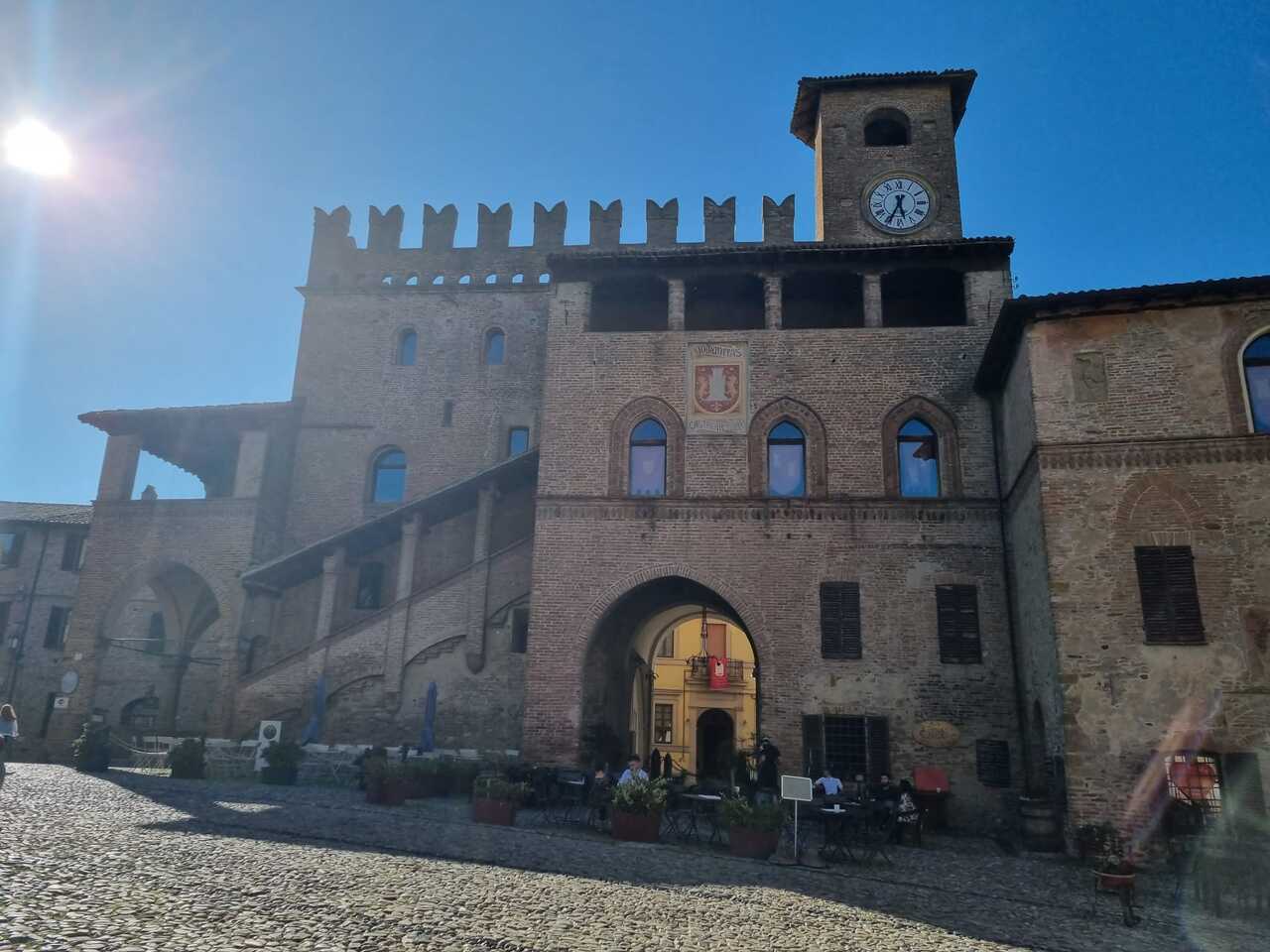
Also worth seeing is the Palazzo del Podestà, dating from 1292 and with a beautiful external staircase, which was later the seat of the Podesta’s government and the home of the Count of Santa Flora, becoming the seat of the magistrate’s court from the late 16th century to 1850. The exterior made of terracotta bricks and studded with swallow-tailed battlements is joined by the interior by the large council chamber with its fully painted coffered ceiling.
Then there is the Ducal Palace, which in the first half of the 17th century was the residence of the Sforza dukes; the beautiful Rocca Viscontea, which houses the museum of medieval life; Porta di Sasso, the best preserved of the four town gates, built of stone and brick; and the 16th-century Torrione Farnese, an imposing 20-meter-high, square-plan building with the function of an outpost against enemy armies.
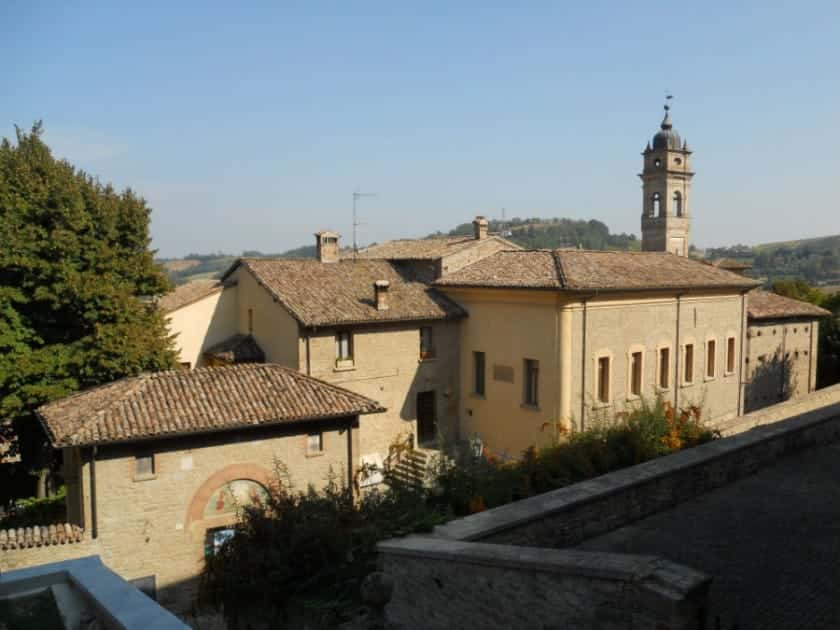
Dating back to the 16th century is the Santo Spirito hospital, which houses the G. Cortesi Geological Museum, and is located near another museum, the Illica, dedicated to Puccini’s librettist who was born and lived here.
Castell’Arquato, an authentic museum village nestled in the hills of Piacenza, is the ideal center in which to get lost in the web of alleys and be enchanted by the countless views, but also overwhelmed by the flavors of its rich and generous table.
The typical anolini in broth, strictly made from chicken, beef and veal, with a filling of grana padano cheese mixed with breadcrumbs and herbs, are joined by tasty cured meats, including coppa DOP, and, of course, the many extraordinary wines including the very typical Monterosso Val d’Arda.
